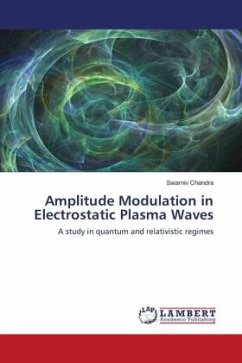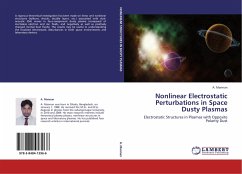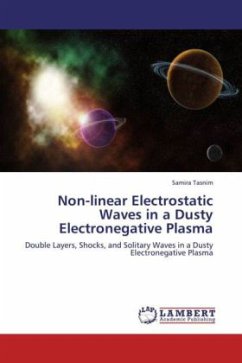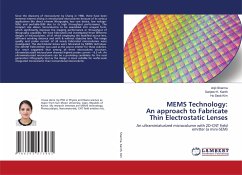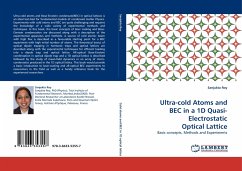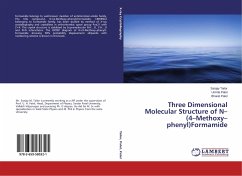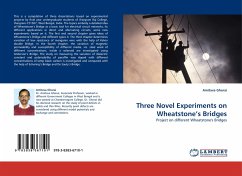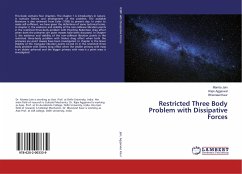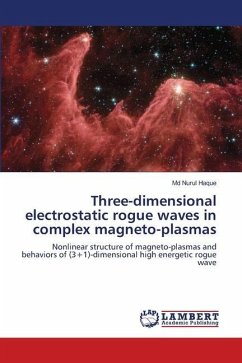
Three-dimensional electrostatic rogue waves in complex magneto-plasmas
Nonlinear structure of magneto-plasmas and behaviors of (3+1)-dimensional high energetic rogue wave
Versandkostenfrei!
Versandfertig in 6-10 Tagen
29,99 €
inkl. MwSt.

PAYBACK Punkte
15 °P sammeln!
This book is mainly about theoretical plasma physics. The goal of this book is to discuss the nonlinear wave phenomenon in magneto-plasma systems. The propagation of nonlinear electrostatic perturbations (viz. dust ion-acoustic waves (DIAWs), where the inertia is provided by the ions and the restoring force is provided by the hybrid nonthermal-nonextensive distributed electrons, dust-acoustic waves (DAWs) in which the massive negatively charged dust grains give the inertia and the restoring force comes from the super-thermal k-distributed electrons and positrons, and Maxwellian ions) have been...
This book is mainly about theoretical plasma physics. The goal of this book is to discuss the nonlinear wave phenomenon in magneto-plasma systems. The propagation of nonlinear electrostatic perturbations (viz. dust ion-acoustic waves (DIAWs), where the inertia is provided by the ions and the restoring force is provided by the hybrid nonthermal-nonextensive distributed electrons, dust-acoustic waves (DAWs) in which the massive negatively charged dust grains give the inertia and the restoring force comes from the super-thermal k-distributed electrons and positrons, and Maxwellian ions) have been investigated theoretically and numerically in a three-dimensional complex magneto-plasma system. The reductive perturbation method, which valid for small but finite amplitude of DIAWs and DAWs, is employed to derive the (3+1)-dimensional nonlinear Schrödinger equation (NLSE). The NLSE leads to the modulational instability of DIAWs and DAWs as well as the formation of dust ion-acoustic roguewaves (DIARWs) and dust-acoustic rogue waves (DARWs) which are formed due to the effects of nonlinearity in the propagation of the DAWs/DIAWs.



